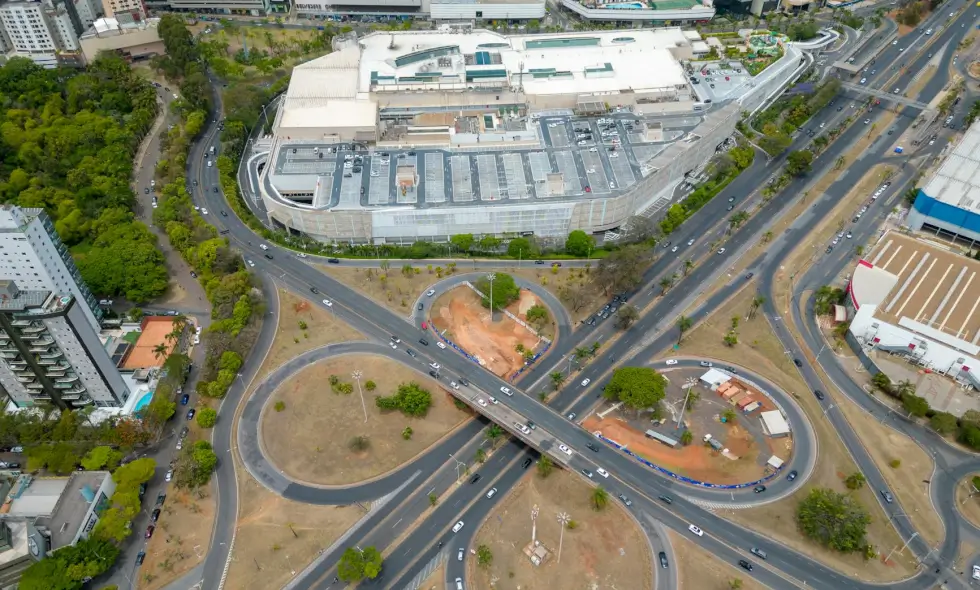Slovakia's Transportation System: Motorways, E-Vignettes, and Digital Advancements
Vehicle transport in Slovakia has undergone significant development in recent years, especially in the area of motorway networks and related digital services. The country’s motorways, which connect almost all regions, play an important role in both domestic and international traffic for passenger cars as well as freight vehicles.
Using Slovak motorways is subject to a fee, and purchasing an e-vignette is mandatory when driving on these roads in Slovakia. The system is digital, making the purchase process simpler than ever before. Users can obtain the required authorization easily, quickly and conveniently online, helping to avoid fines and later inconveniences.
The Slovak motorway network is of key importance in terms of speed and safety. The M1 motorway leads from Hungary (Rajka) to Bratislava, and from there branches off in several directions, such as Žilina, Trenčín, Banská Bystrica, and Košice, connecting the western and eastern parts of the country. Major routes are well maintained, equipped with modern rest areas and fuel stations. The maintenance and improvement of the motorways is supported by the Slovak state, with a strong focus on safety and environmental protection.
An e-vignette is required for passenger cars, motorhomes, and certain types of freight vehicles under a specific weight limit when using Slovak motorways. The e-vignette can be valid for 10 days, one month, or one year, ensuring all drivers can choose the best option to fit their needs. Thus, the Slovak system flexibly adapts to the specificities of domestic transport and provides transparent and user-friendly regulations for foreign drivers as well.
The digital toll system is worth highlighting: the entire administration is paperless for users. Purchasing an e-vignette online is fast, clear, and safe. The main advantage is that, after purchase, the digital ticket is available for immediate download, so the necessary authorization can be arranged even a minute before the journey starts. The digital system is continuously being improved to provide even more convenience for domestic and international travelers alike.
Regarding traffic regulations, Slovak law puts great emphasis on safety. The speed limit on motorways is generally 130 km/h, but it can be lower near residential areas or construction zones. Automated speed cameras are common on Slovak motorways, so it’s always advisable to pay attention to road signs and observe the rules. Winter tires are mandatory in winter, and the use of fog lights is also recommended in poor visibility conditions.
The level of development of Slovak road transport is demonstrated by the fact that traffic jams are rare on the motorways, benefitting both transit and local drivers. Thanks to regular maintenance and improvements, driving on Slovak roads is safe and predictable—something worth experiencing taking into account the weather and seasonality as well.
An e-vignette is essential for driving on the entire Slovak motorway network, and drivers can conveniently purchase one with just a few clicks using the button below this article. After the purchase, the digital ticket is available for immediate download, so authorization is effective straight away. Thanks to ongoing digital advancements, the system records the e-vignette instantly, allowing drivers to fulfill their toll payment obligations quickly, safely, and conveniently.
In summary, vehicle transport in Slovakia operates in line with the expectations of modern times. The well-developed motorway network, the digital e-vignette system, and the simple online purchasing options make traveling across or within the country easier for every driver. Services that simplify journeys—including the online, instantly downloadable digital ticket—help motorists benefit from Slovak roads while always traveling in full compliance with the regulations.






